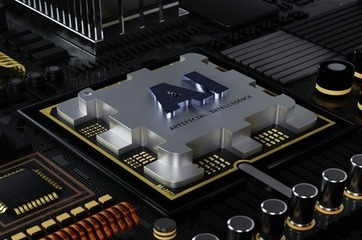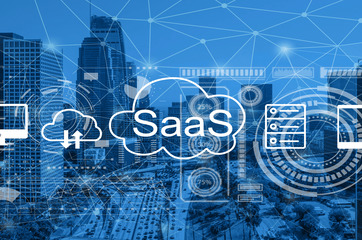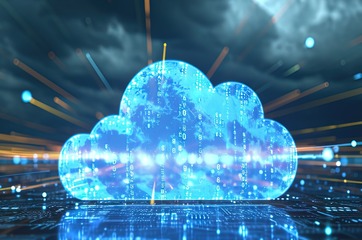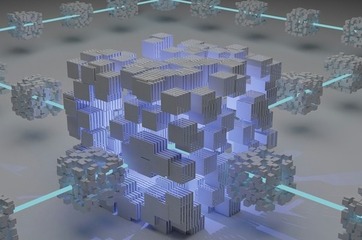Post By

How Edge Computing is Redefining Real-Time Data Processing

How Edge Computing is Redefining Real-Time Data Processing
As businesses and devices generate massive amounts of data every second, the ability to process that information quickly and efficiently is more critical than ever. Traditional cloud computing models often fall short when low latency, bandwidth efficiency, and data privacy are non-negotiable. Enter Edge Computing—a game-changing paradigm that's shifting the way we handle and process real-time data.
Edge computing is not just a buzzword; it’s a foundational shift in how applications are built, deployed, and scaled in the era of IoT, AI, and connected experiences.
What is Edge Computing?
Edge computing refers to the practice of processing data closer to
the location where it is generated—at the "edge" of the network—rather than sending it all the
way back to a centralized cloud or data center.
Key characteristics:
-
Low latency due to proximity-based processing
-
Reduced bandwidth usage
-
Scoped to specific business capabilities
-
Improved privacy and compliance

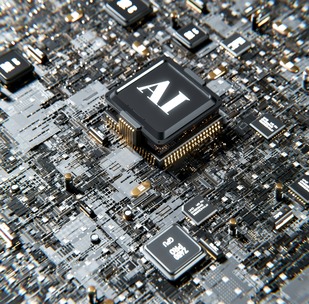
Why Real-Time Matters More Than Ever
In sectors like healthcare, autonomous driving,
manufacturing, and retail, milliseconds can make a massive difference. Here’s
how edge computing enables real-time responses:
-
Instant Decisions
-
Offline Capabilities
-
Network Load Reduction
Satya Nadella
“The future is not in centralized intelligence, but in distributed, connected intelligence.”
Future Outlook: A Distributed Intelligence Network
he rise of 5G, IoT, and AI is pushing us toward a hyper-distributed computing model where decisions are made everywhere—from the cloud to the edge to the endpoint. Edge computing will be essential in building smart cities, connected factories, and immersive digital experiences. To thrive in this new world, businesses must adapt their architectures to include edge-first thinking—focusing on speed, autonomy, and resilience.

The Innovation Feed.
How Edge Computing is Redefining Real-Time Data Processing
As businesses and devices generate massive amounts of data every second, the ability to process that information quickly and efficiently is more critical than ever.

Nehal
April 11, 2025
Optimizing Delivery Logistics with AI and Automation
In today’s competitive marketplace, efficient delivery logistics are essential for meeting customer demands and improving business performance.

Jinesh Jain
April 11, 2025
How SaaS is Revolutionizing On-Demand Services
In today's hyper-connected world, consumers expect instant gratification—whether it’s booking a cab, ordering food or getting a plumber

Priyanshu Tanwar
April 10, 2025
The Power of Microservices in Scalable Applications
In today’s fast-paced digital world, building applications that scale efficiently and evolve rapidly is no longer a luxury—it’s a necessity.

Kanika Kumari
April 9, 2025
Cloud-Native Solutions: The Future of Business Growth
In an era where digital transformation is no longer optional, businesses are rapidly pivoting to architectures that enable speed, scale, and flexibility.

Ameer Mamoon
April 8, 2023





